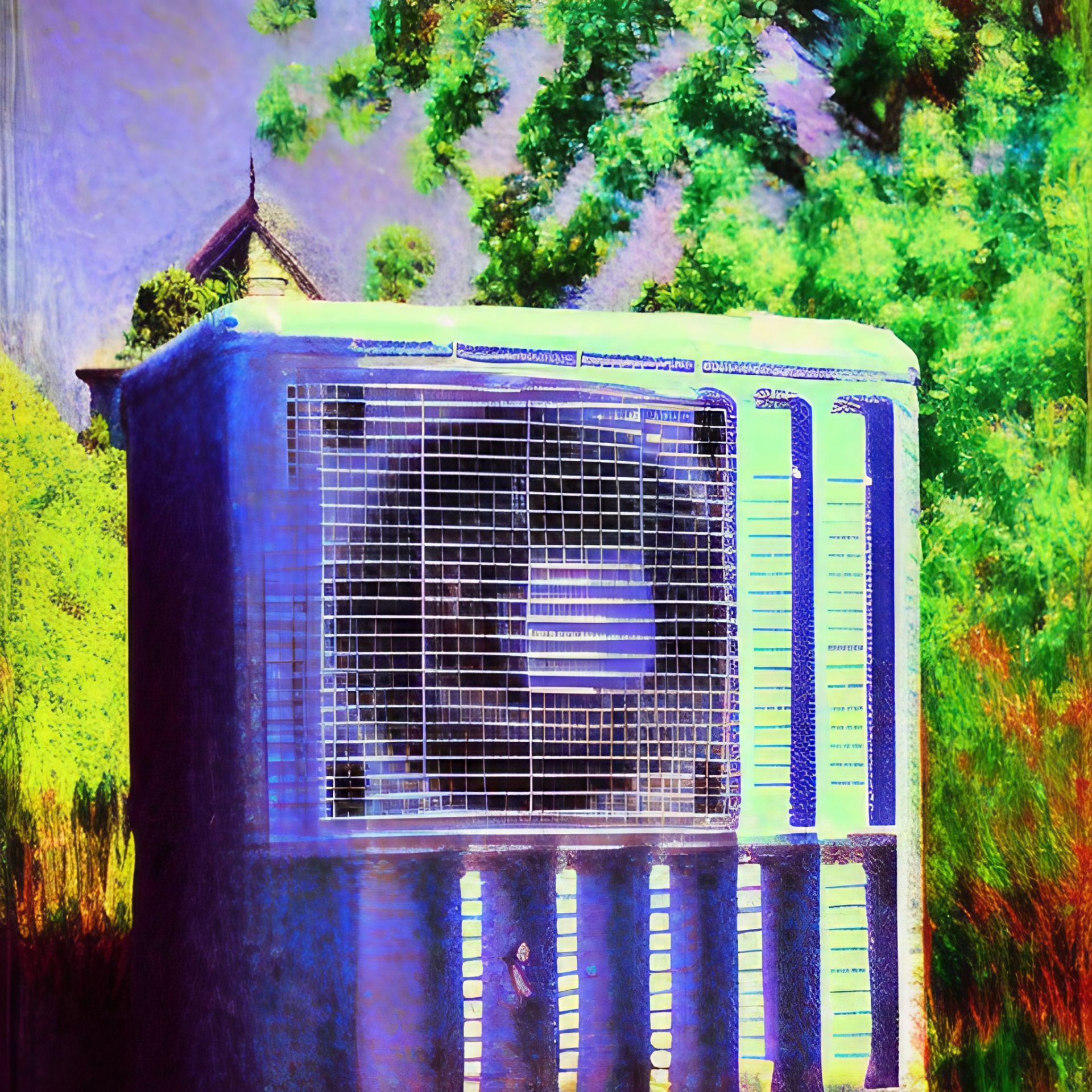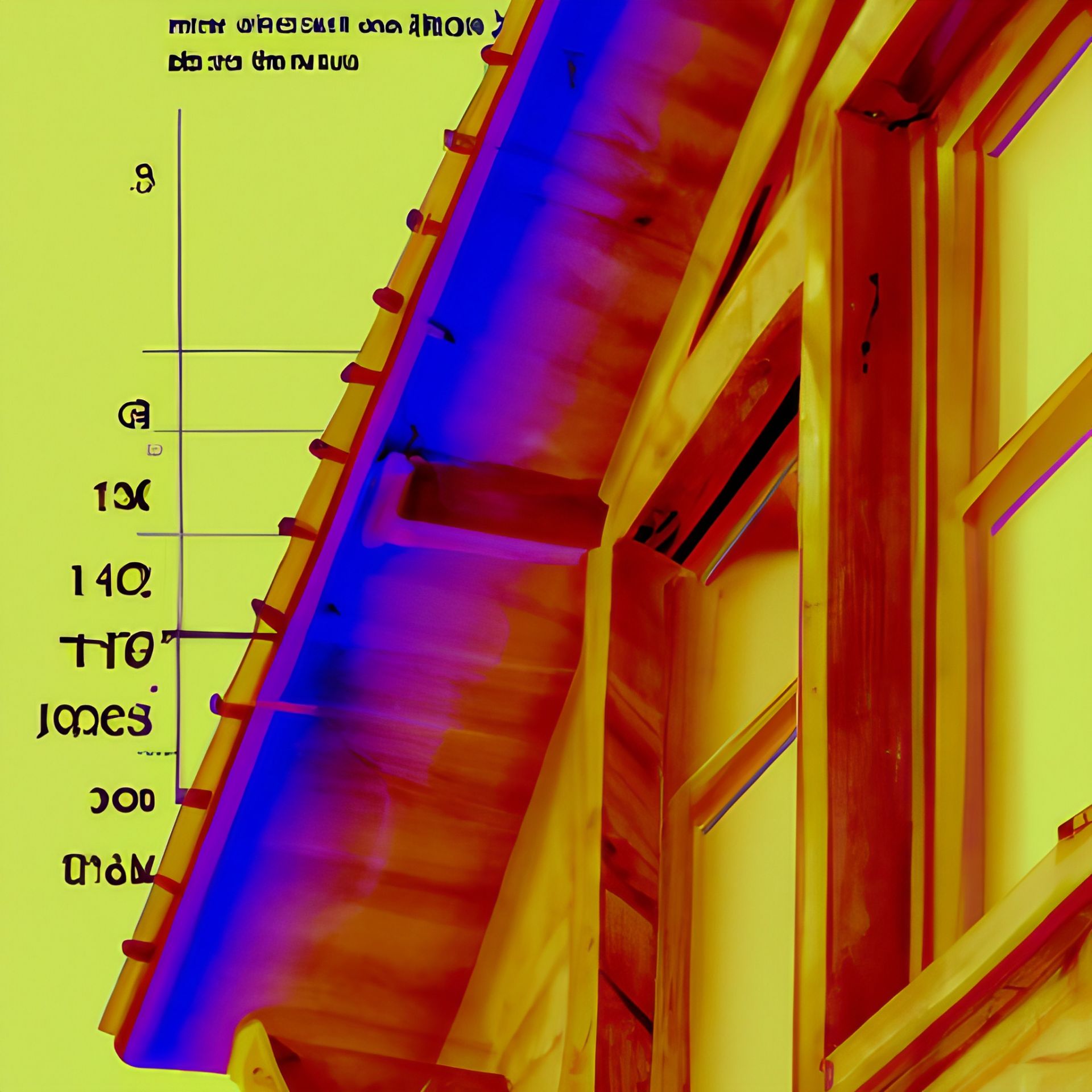The Importance of a Duct Leakage Test for Home Energy Efficiency
This is a subtitle for your new post
Title: The Importance of a Duct Leakage Test for Home Energy Efficiency
The HVAC duct system plays a critical role in a home's energy efficiency. Duct leakage can lead to wasted energy, lower indoor air quality, and increased energy bills. Therefore, conducting a duct leakage test is an essential part of any home energy audit. In this article, we will discuss six reasons why a duct leakage test is vital.
Firstly, a duct leakage test can identify leaks in the duct system. The test involves depressurizing the ducts to measure the amount of air that escapes through leaks. Identifying these leaks can help homeowners take steps to seal them and reduce energy loss, improving their home's energy efficiency.
Secondly, sealing duct leaks can help lower energy costs. Leaking ducts can cause homeowners to waste energy, increasing energy bills. By identifying and sealing leaks, homeowners can save money on their energy bills and improve the overall efficiency of their HVAC system. A more efficient HVAC system requires less energy to operate.
Thirdly, a duct leakage test can help improve indoor air quality. Leaking ducts can introduce outdoor pollutants, allergens, and moisture into the home, affecting indoor air quality. A duct leakage test can identify areas where air is flowing in from outside or leaking from inside the ducts. Sealing these leaks can help improve indoor air quality, making it healthier for occupants to breathe.
Fourthly, sealing duct leaks can extend the life of the HVAC system. Leaking ducts can cause the HVAC system to work harder, reducing its lifespan. By sealing duct leaks, homeowners can reduce the wear and tear on their HVAC system, extending its life and reducing the need for costly repairs or replacements.
Fifthly, sealing duct leaks can increase home comfort. By reducing drafts and temperature fluctuations, sealing duct leaks can help keep the home's temperature more consistent, improving overall comfort for occupants.
Lastly, a duct leakage test can help reduce a homeowner's carbon footprint. By reducing energy consumption, a duct leakage test can help reduce the amount of greenhouse gasses released into the environment. As the HVAC system becomes more efficient, it will require less energy to operate, reducing the homeowner's impact on the environment.
In conclusion, a duct leakage test is an essential part of any home energy audit. It can identify leaks in the duct system, lower energy costs, improve indoor air quality, extend the life of the HVAC system, increase home comfort, and reduce a homeowner's carbon footprint. Sealing duct leaks can improve a home's energy efficiency, saving money on energy bills, and reducing its impact on the environment. Therefore, homeowners should consider scheduling a duct leakage test to assess the performance of their HVAC system and take necessary steps to improve it.









